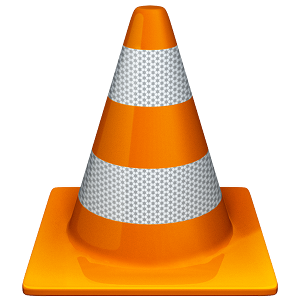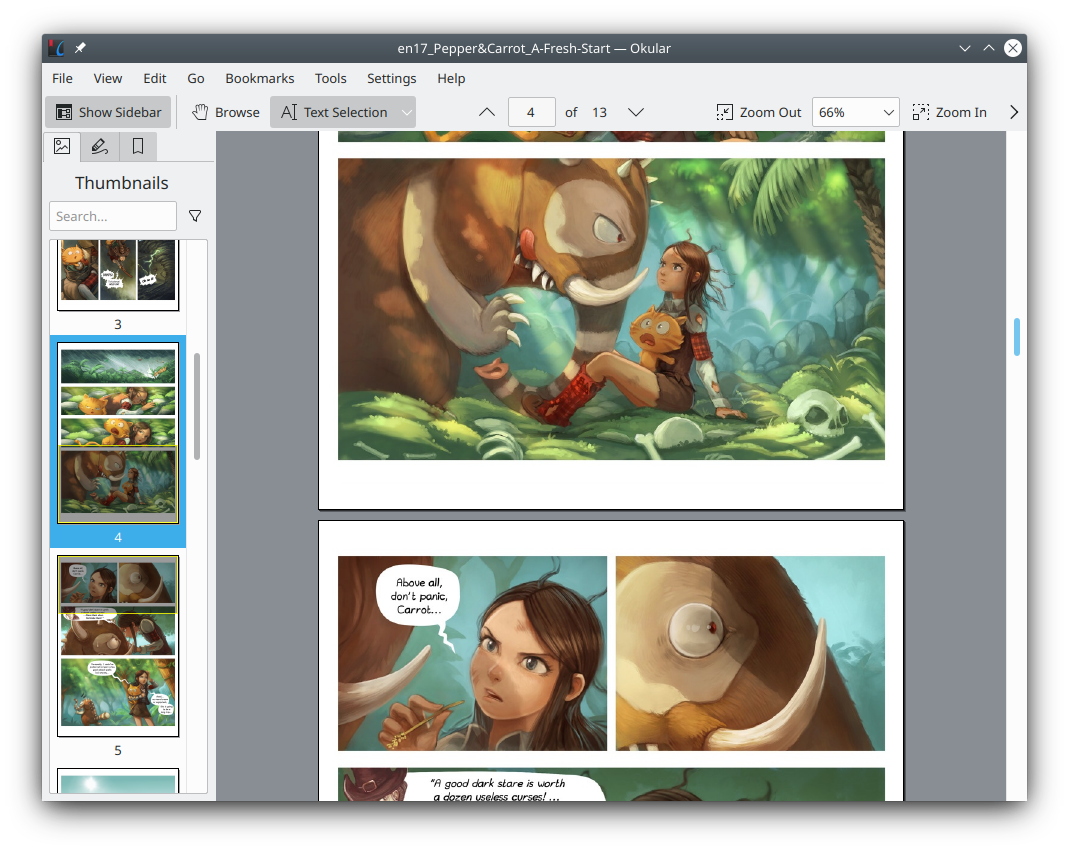My Exploration of Knowledge Taxonomy 3
My peers and I had very little exposure to “philosophy” from school. I read books on the history of Western philosophy more systematically about twice. One was when I was a freshman in college, and the other was after I was a graduate student.
In the second reading, I paid attention to the opinions of historical figures on the classification of knowledge. But unfortunately, not many of them seem to be interested in this topic. Analytical philosophy and mathematical logic are closely related. They gave me a lot of hints about how to think about the nature of knowledge, but none of the analytic philosophers seemed to have attempted to specifically classify disciplinary knowledge qualitatively. The classifications they gave are too grand.
For example, I once imitated philosophers and divided knowledge into memorable knowledge and practical knowledge. Memorable knowledge means that you only need to remember it. Practical knowledge requires practice. For example, the process of making a clay sculpture is memorable. However, the neural reflexes for operating clay sculpture tools are not just based on memory, but must be formed in practice.
These arguments sound reasonable, but there is no way to classify disciplines with them. Taking mathematics as an example, the multiplication rules are of course memorable knowledge. But the speed of calculating multiplication is also related to the number of times you practice using the multiplication rules.
I then went to learn about the library classification rules. Modern library classification classification rules are of course very useful in classifying and managing books. But I am still reluctant to directly adopt an existing library classification system as my knowledge taxonomy. Because the existing book classification system is still deciplines-based. Physics, chemistry, astronomy, and biology are still common categories. They are not merged because of their similar nature of knowledge. However, literary works with a very wide range of formats and content are placed alongside them as a separate category.
I’m trying to use a system that has fewer categories than common library classification. As far as I know, there are two people in the history of western philosophy who are passionate about this. One is Aristotle. The collection of his and his school’s works themself supports a library classification. However, he himself did not seem to clearly give a table of knowledge taxonomy.
In the Encyclopedia of the Philosophical Sciences, Hegel gave a trichotomy of science of logic , science of nature and science of geist. But after skimming through his discussion of some specific natural science knowledge, I still feel that I cannot directly adopt his classification method - after all, the era in which he lived was far less developed than today’s natural science and technology.
I designed a five-category model based on Hegel’s thinking. Includes: mathematics, physics, biology (organic physics), psychology and sociology (organic psychology). But I gave up on this classification method soon after. Because I feel like there are a lot of things that I want to classify that I can’t include. And the line dividing simple and organic is very blurry.
In the end I got inspiration from the classification of Chinese classical books. A book classification method that was finally stabilized in ancient China is called the “Siku” classification method. It includes four parts: Jing (经), Shi (史), Zi (子) and Ji (集).
The “Zi” refers to ideas classified by author or school. The works of classical philosophers are in this category. If ancient Chinese had the opportunity to come into contact with ancient Greek literature, they might also classify the works of Aristotle and Plato in this category. In addition, various medical skills, witchcraft, science and technology also belong to this classification. Because in ancient times, these technologies or knowledges were often passed down through various schools of thought.
Jing is actual a part of Zi. The difference is simply that the school of thought belonging to Jing was officially sanctioned by ancient China. Therefore Jing was considered orthodox in ancient times.
Shi is the historical record. But in fact, this part also includes records about the humanities, customs and geographical conditions of various places.
Ji mainly focuses on literary works, but also includes some books that cannot be classified into the previous categories.
I initially designed a six-category model based on this system, including: Yán, Shi, Jing, Yǎn, Zi, Ji.
Yán (言) means languages. In ancient times, knowledge about language such as phonetic notation and sentence segmentation was part of Jing.
Shi is stil about history and so on. Ji is still about literature works and so on. In addition, I also planned to classify all works of art such as movies, music, paintings, etc. into Ji.
Zi includes most of the ancient Jing and Zi. However, the works of western and modern thinkers have been added. Since ancient China had contact with civilizations such as India, the works of ancient Indian thinkers have already been classified as Zi. I never quite figured out what to put in Jing. Because now classical orthodoxy has gone far away. But I still listed it as an empty set for a long time.
Yǎn (衍) represents change and calculation processes related to witchcraft. I use it to include all things like science and witchcraft. In my opinion, science and witchcraft actually play similar roles. They all explain natural phenomena and give behavioral suggestions to people. Moreover, witchcraft such as fortune telling also has its own rigorous calculation methods. It’s just that there’s something wrong with their world model.
After about a year or two, I adjusted and simplified this six-category system, so I have my current four-category system.
First I gave up classifying all non-language knowledge. I no longer consider putting paintings themselves into a knowledge taxonomy system. However, text introductions to painting techniques or paintings still need to be classified.
Secondly, I canceled Jing which had no actual effect.
Third, I merged Zi and Ji. Because I think the line between philosophy and literature is very blurry. We often hear that writers work part-time as philosophers, but we rarely hear that writers have rich scientific research experience or superb electrical skills.
The final version of my knowledge taxonomy for now contains 4 categories:
- Ci (辞, Languages): Former Yán. This category deals with various languages and scripts, but is primarily concerned with language acquisition rather than the study of general language theory. At the same time, this field mainly focuses on natural language or artificial language used for communication between humans. Programming languages are not included. These things mentioned above belong to Yi. Besides, rhetoric and grammatical logic also fall into this category. I treat Ci as the foundation for learning other areas.
- Shi (史, Histories): This category includes history and human geography, but not historical theory. Works related to historical theory are in Zi. I regard Shi as some humanistic consensus or common sense. Contents that cannot reach consensus are classified into Zi according to the school of thought of the holder. The history of each school or scientific discipline belongs to Zi and Yi respectively.
- Zi (子, Thoughts): Philosophy, humanities theory, and literary works. Strictly speaking, science is also a school of thought. But here Zi only includes some contents such as philosophy of science and technology. The specific content of science is classified as Yi.
- Yi (易, Sciences): Yi is the name of an ancient book of witchcraft. I use this category to include sciences, witchcrafts, and everything in between. Their common feature is having a stable epistemology and methodology. They provide understanding of the world or guidance for behavior. Of course, witchcrafts that relies so heavily on mysticism that there are no procedural instructions does not fall into this category. Unverifiable scientific conjectures also do not fall into this category. Those classified into this category must be able to conduct model deductions in a computational manner. Witchcraft without procedural instructions and scientific conjecture that cannot be verified belong to Zi.




